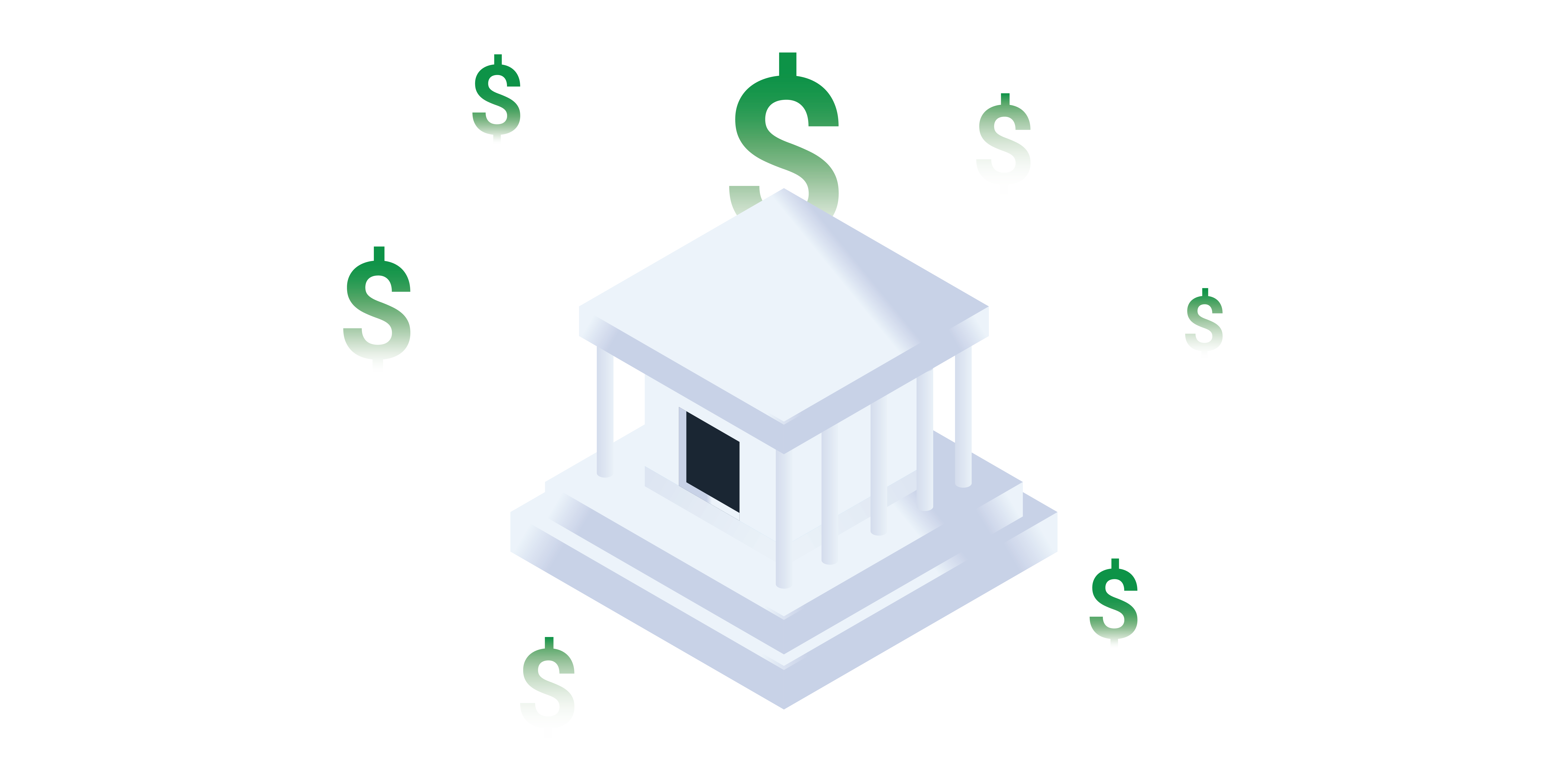Editor’s note: Kelly Mathieson is the Chief Client Experience Officer at Digital Asset. This is Part VIII in our post-trade transformation blog series. Don't miss the Introduction, Part I, Part II, Part III, Part IV, Part V, Part VI, and Part VII.
Treasury is the ultimate driving force behind trading and the post-trade lifecycle. IPOs, payments, financing, lending, and capital management are all means to an end: Helping organizations effectively manage their financial resources to meet obligations, fund priorities, and grow.
Many distributed ledger technology (DLT) use cases are rightly focused on streamlining payments processes to remove inefficiencies and increase certainty of payment. From SWIFT to PayPal and Zelle, the payments space is rife with innovation. While the opportunities and benefits are significant, we are focusing on the impact of digitization throughout post-trade and how that affects treasury services.
The impact of post-trade transformation
Each of our prior blogs has focused on different aspects of the post-trade lifecycle. Viewed through a treasury lens, we begin to see how a digital transformation can reshape how financial resources are acquired and deployed:
-
Asset creation and issuance: The ability to more quickly issue securities or expand the types of assets available can accelerate capital raising and reach new investors. The time required for book building could be cut 35-50%, and savings of up to $35,000 for a $1 billion issuance could be realized by reducing intermediary fees.¹
-
Clearing and settlement: Atomic or committed settlement provide transaction and payment surety, while reducing settlement times can free billions of dollars in collateral being held against settlement risk.²
-
Custody and safekeeping: By mitigating or even eliminating counterparty or settlement risk, liabilities and costs decrease. Interim financing requirements are minimized, as is the need to hold capital as insurance against market movements or gaps in the custody chain of control.
-
Asset servicing: Approximately 70% of business units around the world paid out over USD $2 million in corporate action errors in 2020, not to mention the billions being spent to acquire data, fund projects to improve processing, or risk remediation countermeasures.³
-
Collateral management: The ability to mobilize more of the $201 trillion universe of marketable securities as collateral (vs. the 10% currently used)4 injects liquidity into the entire financial ecosystem and facilitates the collateralization of more transactions, even as the need to hold collateral diminishes due to innovations in clearing and settlement.
-
Securities lending and financing: Atomic settlement provides certainty of settlement while committed settlement locks an asset to a particular recipient or transaction. As a result, the need for clearing credit, margin, and indemnification is greatly reduced or even eliminated—along with associated capital charges—expanding the pool of assets available for use in lending, collateral, or other financial transactions.
-
Funds services: A manual, fragmented process creates risk and high operating costs in a low-margin business. Errors and delays lead to liabilities and losses, from direct costs to the service provider to regulatory fines for the asset owner to financial liabilities for the fund manager.
Independently and in aggregate, the ability to remove or remediate these direct and associated costs would significantly boost the financial resources that could be funneled back into the business or deployed elsewhere to jumpstart innovation.

Improving cross-border transaction flows
The scope for improvement is enormous, with global corporates moving nearly $23.5 trillion across countries annually (equivalent to about 25% of global GDP). Current mechanisms are costly, slow, and sub-optimally transparent:
-
Cross-border fees per transaction average $27, or approximately $120 billion in 2020, excluding foreign exchange (FX) fees
-
Payments can take two to three days to reach the end beneficiary
-
Visibility into payment status is limited5
The tangible costs rise when FX fees are tacked on, but trapped liquidity and delayed settlement create an additional, hidden drag.
Given the cost and inefficiency, a number of initiatives aim to revolutionize these transactions. They include Project Cedar,6 which focuses on FX spot transactions for Phase I, to Project mBridge,7 which experiments with cross-border payments using a DLT-driven common platform for multiple central banks and commercial participants. Nearly every large financial institution is also seeking to transform cross-border money movement, whether for their own inter-company transfers, trade financing, or to reduce FX transactions and fees. Others are joining forces to advocate for more systemic change.
A cross-industry group of commercial banks and payment service providers has proposed the creation of a Regulated Liabilities Network (RLN) to capture some of the promises of digital currency today using current rules, regulations, and arrangements. RLN takes aim at the inefficiencies of domestic and cross-border electronic payment systems used for retail and wholesale use cases (including cross-border trading). It would modernize these systems using tokenization and distributed ledger technology to create a new financial market infrastructure (FMI), using tokenized, regulated liabilities that keep intact the promise to pay customers on demand at par value in national currency units. Benefits would include settlement finality and a global, real-time gross settlement (RTGS) capability that allows for 24x7 settlement in central bank money in multiple national currencies.8
A mature RLN might present a multi-currency, multi-asset settlement platform9 that operates within the regulated financial infrastructure and coexists with the existing two-tiered banking structure. The New York Innovation Center just announced a 12-week proof-of-concept project to explore the feasibility of an interoperable network of digital central bank liabilities and commercial bank digital money using distributed ledger technology provided by SETL and Digital Asset.
Redefining currency
However, RLN and other innovations in the payments space can coexist with the creation of central bank digital currencies (CBDC), which are direct liabilities of a central bank.
An initial group of pilot projects has already demonstrated the viability of CBDC technology between central banks’ payment systems, and a current wave is focused on use cases that create efficiencies and address the shortcomings of current financial arrangements. Based on our involvement in various initiatives aimed at taking CBDC from the philosophical to the practical, Digital Asset has identified five key technology building blocks as foundational to any CBDC exploration. These include:
-
An interoperable, composable, and extensible platform to facilitate wide adoption and support continued innovation.
-
Finality of settlement, using smart contracts and distributed ledger technology to guarantee transaction atomicity.
-
Robust safeguards and controls that use embedded rights and permissions to provide oversight, auditability, and privacy within and across ledgers.
-
Trusted digital identities, so that participants can identify their counterparties and respective roles.
-
Resilience and the ability to securely scale to handle high volume and throughput levels.
With these criteria met, a CBDC can be compatible with other CBDCs—essential for any transaction that crosses borders. Beyond capital markets and payment transactions, CBDC is also uniquely suited to address current shortcomings of banking and traditional financial markets, such as financial inclusion, sustainable development, and funding to remote communities. CBDC can preserve the attributes of the existing two-tier banking system while also enabling new consumer protections, such as the reduction or elimination of depository risk.
Setting a place for all
CBDC is not suited for every treasury or payments application. The wealth of potential use cases demands a broad array of solutions: While CBDC would be a central bank money/national currency, other digital assets such as stablecoins and digital tokens can play a critical role in payments and capital markets.
In a way, the abundance of DLT-driven exploration we are seeing in the treasury space is proof of the potential for digital innovation. While some initiatives will fall by the wayside, others will succeed or consolidate for greater impact. Either way, it’s the start of a new era for treasury services.
Stay tuned
The last step of the post-trade value chain focuses on asset data management. Regardless of jurisdiction, all transactions rely on reference data, all counterparties must be known, and all activity must be reported to the relevant authorities. Currently executed at multiple points of the post-trade lifecycle, there’s a tremendous opportunity for digitization to improve visibility, enhance efficiency, and deliver a better experience for participants, regulators, and customers.
Related reading
CBDC: From the Philosophical to Practical for Global Adoption, Digital Asset (May 2022)
CBDC Principles for Technical Implementation, Digital Asset (Apr 2021)
The Regulated Liability Network: Digital sovereign Currency, The Regulated Liability Network (Nov 2022)
The Regulated Internet of Value, Citi, 2021
Oliver Wyman & J.P. Morgan - Unlocking $120 billion value in cross-border payments (Nov 2021)
Citations
1Blockchain Disruption in Security Issuance, Capgemini, 2016 (p. 11)
2Blockchain Disruption in Security Issuance, Capgemini, 2016 (p 14)
3Corporate Actions 2021: From issuer-ready to investor-ready (2021) and Asset Servicing Innovation (2020), The ValueExchange
4Bridging the Collateral Divide, BNY Mellon and Euroclear, November 2021
5Oliver Wyman & J.P. Morgan - Unlocking $120 billion value in cross-border payments (Nov 2021)
6Project Cedar: Improving Cross-border Payments with Blockchain Technology (Fall 2022)
7Project mBridge: Connecting economies through CBDC (Oct 2022)
8The Regulated Internet of Value, (Citi, 2021)
9The Regulated Liability Network - Digital Sovereign Currency (Nov 2022)
 by Kelly Mathieson
December 9, 2022
by Kelly Mathieson
December 9, 2022
 by Kelly Mathieson
December 9, 2022
by Kelly Mathieson
December 9, 2022
 by Kelly Mathieson
December 9, 2022
by Kelly Mathieson
December 9, 2022